Troubleshooting
-
If none of the tests report measures, then check whether the following are in place:
- The root user should be a member of the mqm group
- The mqm user’s primary group should be mqm group
- The eG agent’s user should be a member of the mqm group
- If the WebSphere MQ Local Queues test and WebSphere MQ Channels test are not reporting measures, then verify whether the following are in place:
-
The command server for the particular queue manager you want to monitor should be started. To know whether the command server has been started or not, open the error_log file in the <EG_INSTALL_DIR>/agent/logs directory, and search for the following messages:
ERROR WsMqLocalQTest: Please start the command server: strmqcsv saturn.queue.manager
ERROR WsMqChannelTest: Please start the command server: strmqcsv saturn.queue.manager
-
If these messages exist in the error log, it indicates that the command server has not been started. To start the command server, use the steps discussed below:
-
From the command prompt, switch to the bin directory of the MQ install directory using the command:
cd <MQM_INSTALL_DIR>/bin
For example, cd /opt/mqm/bin
-
Then, execute the following command from the bin directory:
./strmqcsv <QUEUE_MANAGER_NAME>
-
For example, if saturn.queue.manager is the name of the queue manager, then the command to start the command server will be:
./strmqcsv saturn.queue.manager
-
Make sure that the Online monitoring parameters of queues and channels are set to High. For this, follow the steps below:
-
Follow the menu sequence Start -> All Programs -> IBM WebSphere MQ - > Websphere MQ Explorer. ( see Figure 1).
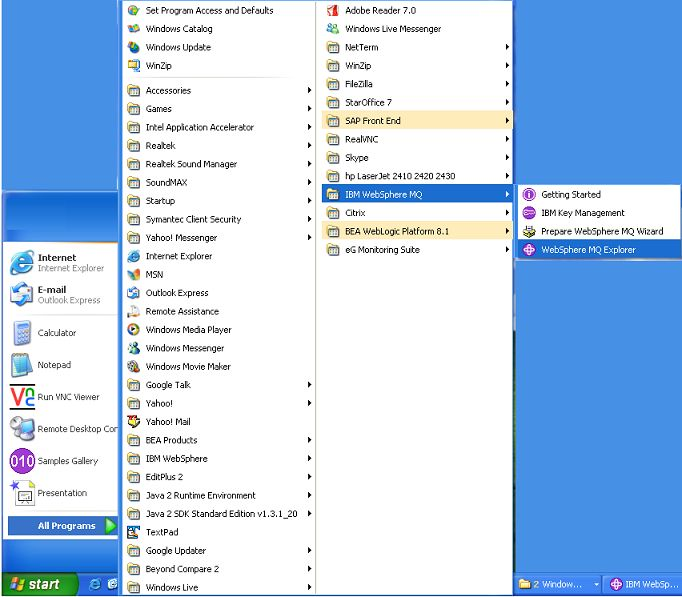
-
Once the IBM WebSphere MQ Explorer opens, you will find a Queue Managers node in the tree-structure in the left panel of the Explorer. ( see Figure 2).
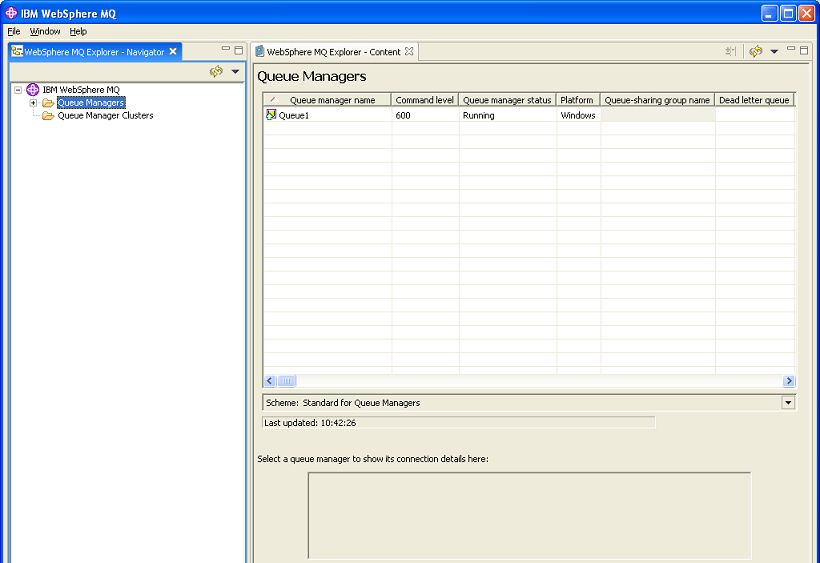
-
Expand the Queue Managers node and right-click on the queue manager to be monitored to view a shortcut menu. (see Figure 3).
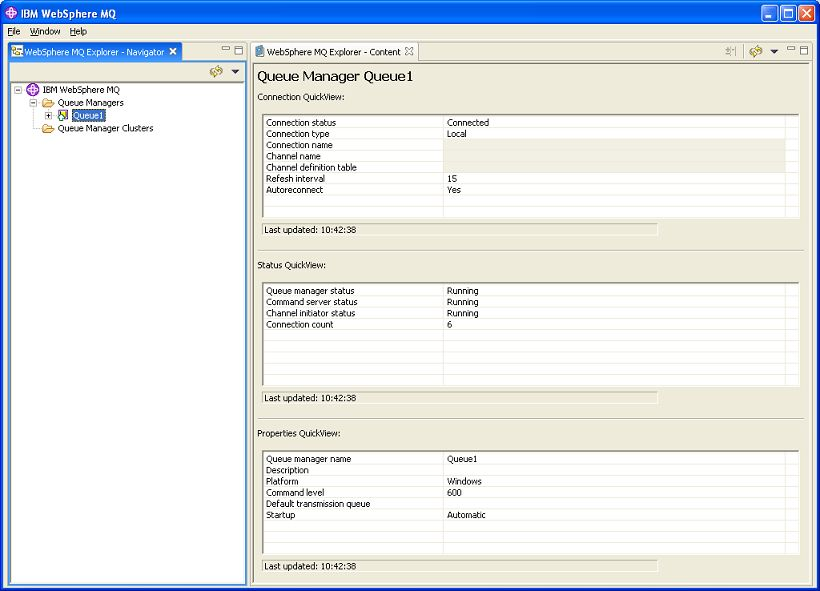
-
Choose Properties from the shortcut menu ( see Figure 4).
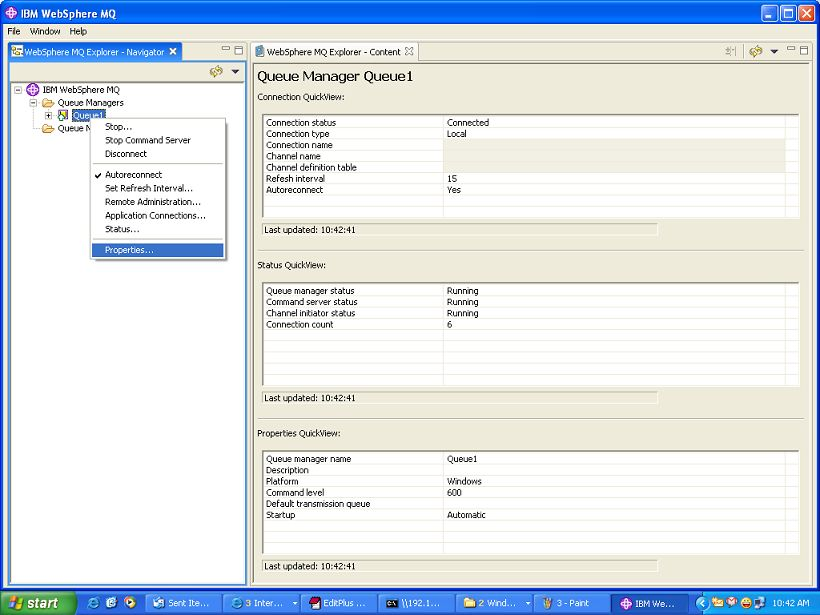
-
Now, in the Properties window, click on the Online monitoring option in the left panel. Then, make sure that Channel monitoring and Queue monitoring are set to High.
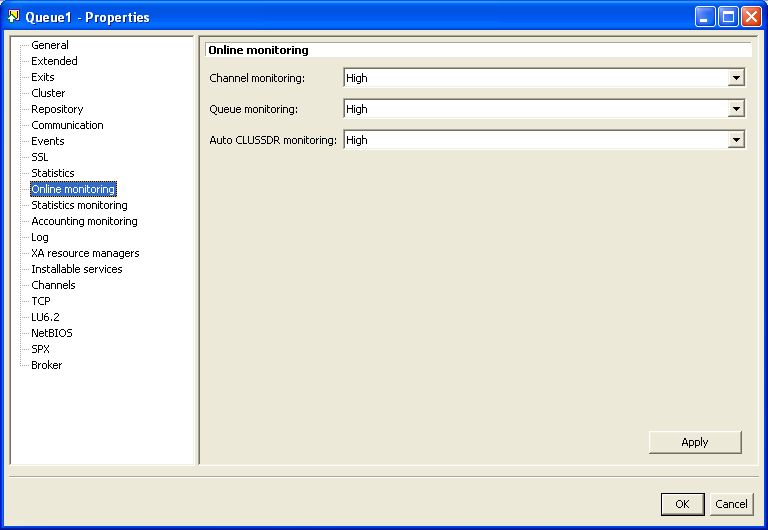
Figure 5 : Setting the Online monitoring parameters to high
-
-
